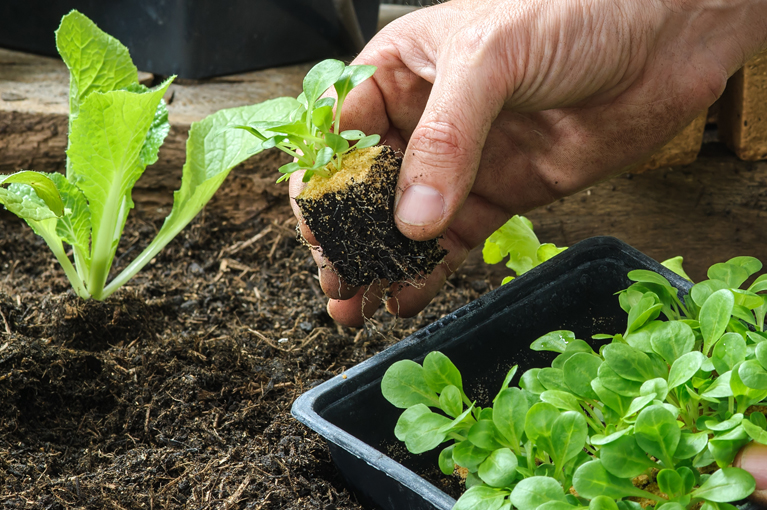As the temperatures begin to cool down, now is the perfect time to plant flowering bulbs. A little effort now will reward you with a colourful and vibrant garden this spring. Here’s a comprehensive guide to help you get started on your blooming adventure.

Why plant in autumn?
Autumn planting gives bulbs the cool dormant period they need to develop strong roots and prepare for a spectacular flowering in spring. The cooler soil allows bulbs to establish themselves before the warmer weather stimulates their growth. This timing is crucial for the development of a robust plant that can support beautiful blooms.

Choosing the right bulbs
When selecting bulbs, consider the climate zone of your garden. Australia’s diverse climate means that not all bulbs will thrive in every region. Popular choices for Australian gardens include tulips, daffodils, hyacinths and freesias. Look for bulbs that are firm and free from damage or mould – a sign they are ready to grow.

Preparing your garden
Choose a sunny spot with well-drained soil. Bulbs do not like to sit in waterlogged soil, as it can cause them to rot. Enrich the soil with compost or well-rotted manure to provide essential nutrients. If drainage is an issue in your garden, consider raising beds or planting bulbs in pots.

Planting your bulbs
As a general rule, plant bulbs at a depth of about two to three times their height. This provides enough insulation from temperature changes and stability for the growing plant. Space bulbs according to the instructions on the packet, as overcrowding can lead to poor flowering.

Watering in your bulbs
Water your newly planted bulbs well, but then allow the soil to dry out somewhat before watering again. Over-watering can be as detrimental as under-watering. Our hand sprays offer a range of watering settings, including mist and soft jet, to help avoid disturbing the soil and protect your newly planted bulbs.

Caring for your bulbs
Once planted, bulbs require little care over the winter months. However, it’s essential to keep an eye on moisture levels, especially if you’re experiencing an unusually dry season. Installing a tap timer is a great way to ensure consistent watering. A light mulch can help retain moisture and keep the soil temperature stable.

Anticipating spring
As winter fades and the first signs of spring appear, you’ll notice the green shoots of your bulbs pushing through the soil. This is a sign that your planning and preparation are about to pay off. Continue to monitor moisture levels and start preparing for the next phase of care, which may include staking taller plants and applying a liquid fertiliser to encourage strong growth and flowering.
Planting flowering bulbs is a simple and enjoyable way to ensure your garden is full of colour and life come spring. By selecting the right bulbs for your climate, preparing your garden appropriately, and providing some basic care, you can look forward to a stunning floral display.









